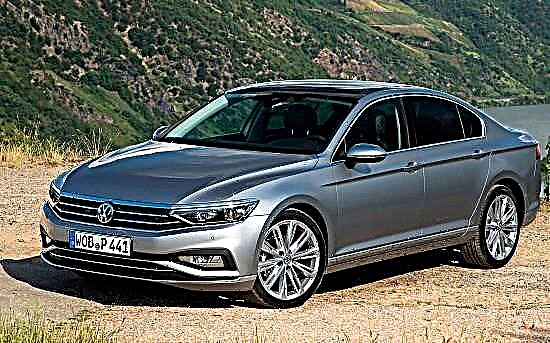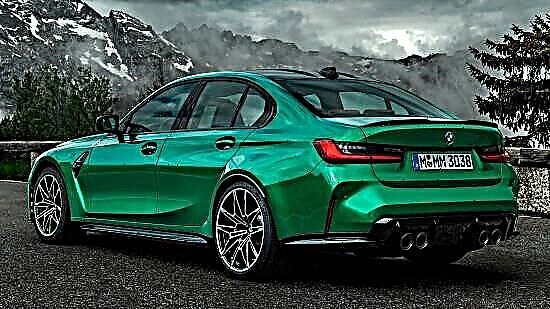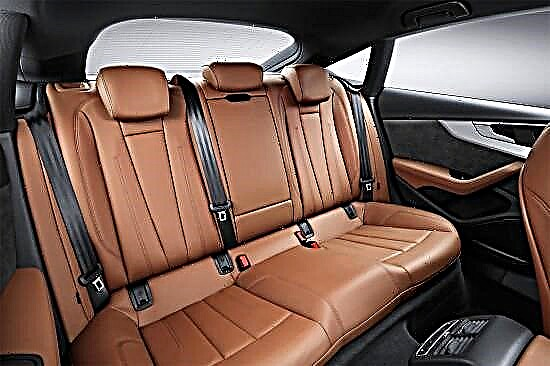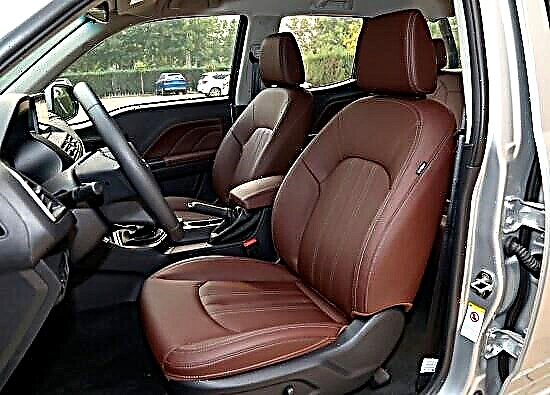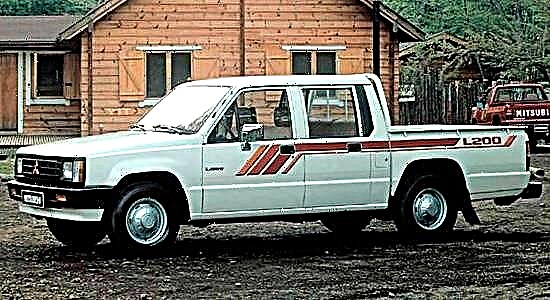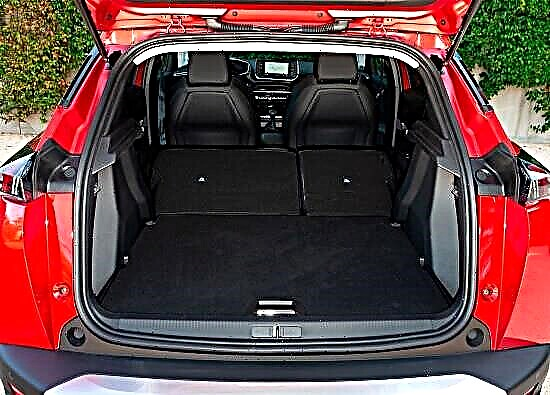Among Korean automakers, Hyundai was the first to dare to create a luxury car. The firstborn was the luxury sedan "Ekus", which quickly conquered the domestic South Korean market, and then successfully entered other Asian markets.
In Europe and the USA, the first generation Hyundai Equus (LZ) is little known, and the owners of this car are mainly collectors, which gives it special value.

For the first time Hyundai Ekus, also known as "Centennial", appeared before the public in 1999. The sedan was developed in conjunction with the Japanese concern Mitsubishi, which sold it practically unchanged in Japan under the name Mitsubishi Proudia.
The novelty of that time was produced in two body styles: a basic sedan and a limousine with an increased wheelbase, known in Japan under the name Mitsubishi Dignity.
In 2003, the first generation of Hyundai Equus underwent a noticeable restyling, during which the sedan received a more noble look, which made it possible to bring this model to the international market. In the same year, Mitsubishi left the joint project and only Koreans were engaged in the further development of the Equus model.

From the very first day of its existence, this premium sedan from Hyundai has strived to resemble the European trendsetters in the F-segment as much as possible, which helped the model successfully gain a foothold in the domestic Korean market and even move the Germans in terms of sales. It is noteworthy, but on the Equus there is not a single nameplate indicating that the car belongs to Hyundai. Apparently in those days, the Koreans were afraid to scare away buyers with the concern's rather low reputation in terms of the quality of car products, and therefore provided the executive sedan with an independent emblem.
If before the restyling the appearance of the 1st generation "Ekus" was strict and serious, then after the restyling the car was added a little more smoothness in the contours and a little nobility, expressed in a more massive drawing of the radiator grille and a new design of wheel disks.
In terms of dimensions, the restyling of 2003 was reflected only in the length of the body. So, the length of the base sedan was originally 5065 mm, and after the update it grew to 5120 mm. The length of the limousine in both cases was 5535 mm. The wheelbase of the first generation car was 2840 mm for the regular sedan and 3090 mm for the limousine version. The width did not exceed 1870 mm, and the height did not exceed 1480 mm.
The interior of the first generation model is quite spacious and rich, but in terms of comfort level it was noticeably inferior to German competitors and slightly lagged behind Japanese premium cars. However, the level of equipment of the Equus cabin was sufficient for the F-class and it was quite enough for Korean buyers. Note that already in the base the sedan was equipped with a leather interior; eight airbags; climate control with anti-allergenic filter; heated and electrically adjustable front seats; a comfortable back sofa with the ability to adjust the backrest position, as well as heating and ventilation; built-in refrigerator and audio system with 11 speakers.
Before restyling, the Equus LZ had six variants of the gasoline power plant.
The younger six-cylinder engine had 3.0 liters of volume and produced no more than 197 hp. power, as well as 253 Nm of torque. Its improved version already developed 203 hp. and 271 Nm.
Slightly higher in the engine lineup are two 3.5-liter units. The first was capable of 210 hp. power and 304 Nm of torque, and the second - at 220 hp. power and 320 Nm of torque.
Closing the top of the engine range are two 8-cylinder 4.5-liter engines. The youngest of them produced 260 hp. power and 381 Nm of torque, and the flagship was capable of producing 270 hp. power, but slightly less torque - 373 hp.
After restyling, four engines remained in the engine line, which were revised and updated.
As a result, the younger unit received 3.5 liters of volume, 210 hp. power and 304 Nm of torque.
The second engine acquired 3.3 liters of displacement, but at the same time developed 247 hp. power and about 309 Nm of torque.
The third engine had at its disposal 3.8 liters of volume, 266 hp. power and about 353 Nm of torque.
The top engine received not six, but eight cylinders with a volume of 4.5 liters, its peak power reached 268 hp, and the upper limit of torque reached 372 Nm.
Note that all motors were aggregated only with a 5-band "automatic".
The first generation Hyundai Equus was built on a front-wheel-drive platform with independent suspension, which was based on MacPherson struts at the front and a multi-link structure at the rear. On all wheels, the Koreans installed ventilated disc brakes, and the rack and pinion steering gear was supplemented with a hydraulic booster.
The era of the first Hyundai Ekus ended in 2009, when the new "Equus VI" was presented to the public, focused on the global market and built on a completely new rear-wheel drive platform, which significantly improved the smoothness of the ride, which further brought the Korean executive sedan closer to German competitors.
Today, the lot of the 1st generation Equus (Centennial) is a direct path into the hands of car collectors, however, from time to time on the secondary market you can still find rare offers at a price of about 450,000 rubles (as of 2014) for cars produced after 2003 ...

